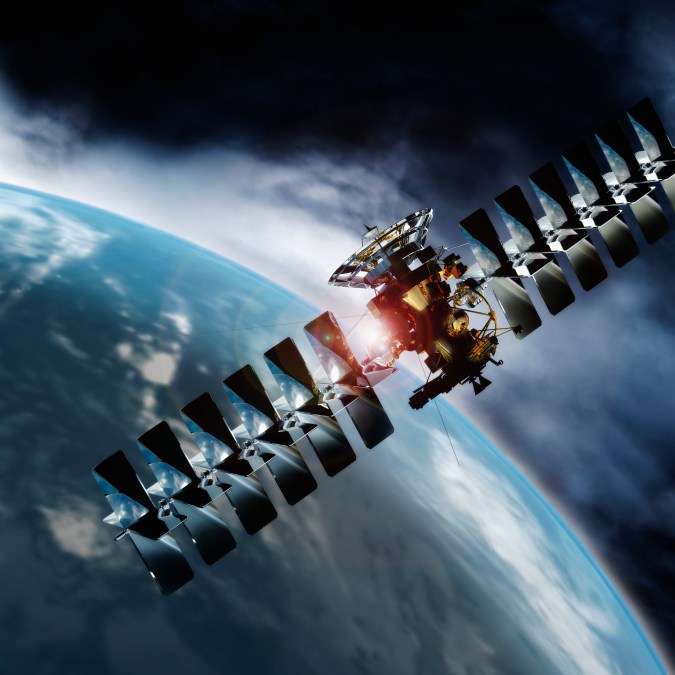Pentagon faces shortage of edge-computing capability for space systems

The Department of Defense wants to leverage artificial intelligence and edge computing for satellite communications, but today’s systems have shortcomings, Pentagon officials say.
Artificial intelligence and space technology are critical for enabling the Pentagon’s vision of Joint All-Domain Command and Control (JADC2), among other modernization efforts.
“Fundamentally, I would like to use edge-based devices to do most of our AI compute,” Lisa Costa, chief technology and innovation officer for the Space Force, said Monday during a panel at the virtual Space Innovation Summit.
“Now you have to remember that most assets that we’ve put up into space don’t have the storage nor the compute power [to do that], so you still have to move that data to algorithms. But I would like to not have to do it on the ground and then have to, you know, move everything up” into space, she said.
Lindsay Millard, principal director for space in the Office of the Undersecretary of Defense for Research and Engineering, said AI and machine learning are a “huge priority” for the R&E directorate.
“What we’re looking at is … how do we balance compute on the ground versus compute at the edge. And what I mean by that is what do we [do to] leverage our incredible cloud architectures that we have on the ground to inform what is a relatively miniscule amount of compute power that we have right now on orbit,” she said.
“Trusting our ability to flash an FPGA [field programmable gate array] on orbit and not have that bricked … is also something that we’re looking at,” she added. “What is the balance between what we do on the ground versus on orbit, and how do we make sure that we can accurately update that on orbit if our mission changes for particular satellites?”
Costa said more work needs to be done to figure out the right balance.
Tackling that problem will help the Department of the Air Force as it pursues an Advanced Battle Management System (ABMS), which is the Air Force and Space Force’s contribution to Joint All-Domain Command and Control.
Communication and data transport between satellites — and between satellites, aircraft and ground systems — will be critical for that initiative.
As the Pentagon seeks to leverage algorithms in space, it needs to make sure satellites have sufficient edge-computing capability and new software code can be uploaded rapidly, Air Force Chief Information Officer Lauren Knausenberger noted.
“You have the modern space companies really thinking through this,” she said. “How can I make sure that my satellite is really well-equipped, not just for the capability that I know it needs to have today, but for that capability that it might need in a couple of weeks? How do I push code rapidly?”
For example, SpaceX’s Starlink has been agile in upgrading its systems during the Ukraine-Russia war in response to Russian attempts to jam its signals, she noted.
Costa wants the Space Force to leverage the digital “infrastructure” that the commercial sector is building.
“I don’t expect DOD to be at the forefront of putting infrastructure into space” when it comes to things like cloud computing and storage and other technology that enables “really computationally heavy AI in space” without having to download data to ground stations, she said. “I want to take advantage of industry’s investment in putting infrastructure into space.”




